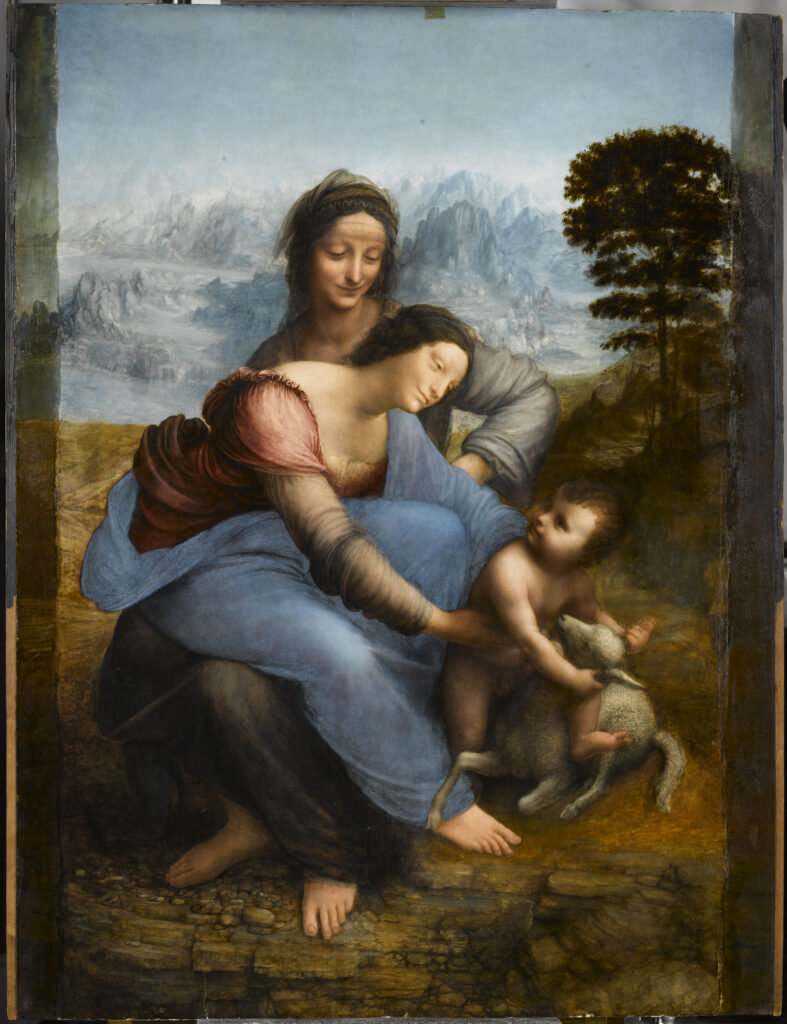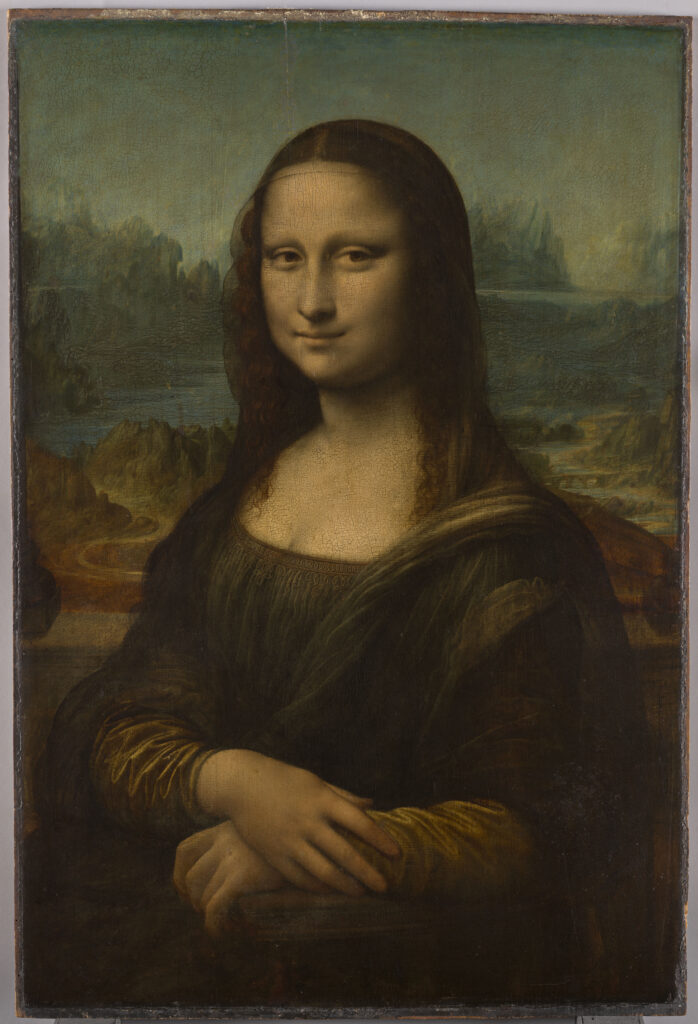Leonardo da Vinci, Drawn Afresh on PBS, Could Have Been the Greatest Genius Ever Known
More than 600 years after the Florentine died, the world is still playing catch up.

Leonardo da Vinci called himself a “disciple of experience,” and it could be said that all of the many millions of people who troupe to see the Italian genius’s “Mona Lisa” every year are disciples of his. A new PBS documentary from Ken Burns, “Leonardo da Vinci,” makes an even more ambitious case across its four hours — that da Vinci could have been the most extraordinary mind since King Solomon. More than 600 years after he died, the world is still playing catch up.
The polymath was born illegitimate at a small town — Vinci — outside of Florence and died a houseguest of the king of France. In the intervening 67 years, he left an astounding archive. This included paintings like “The Last Supper” and “Lady With an Ermine” in addition to the “Mona Lisa.” Then there are his anatomical drawings, like “Vitruvian Man” and his stunning rendering of a baby in utero. He sketched inventions that would make Elon Musk green with envy.

The show features commentary from an author, Walter Isaacson, who has written biographies of both Mr. Musk and da Vinci — not to mention the founder of Apple, Steve Jobs. Mr. Isaacson is joined by a deftly assembled cadre of commentators across art history, engineering, theology, and even medicine. Getting a grasp on da Vinci is a mandate for many minds. The camera caresses his canvases, spotlighting his signature sfumato.
Mr. Burns, as prominent a documenterian as one can find, also deploys more daring decisions to capture the gamut of da Vinci’s genius. The score, by Caroline Shaw, is ravishing. Da Vinci insisted that Nature was his most important teacher — as a bastard, he was barred from university. Images from the deep cosmos alternate with the flora and fauna that da Vinci observed and rendered. His obsessions were water and drapes, tendons and the gist of gravity.
Da Vinci wrote that he was after the “movements of the mind,” and his own was a perpetual motion machine. He also held the gift of donating dynamism. Witness the taut left wrist and expansive right arm of the Madonna in “Virgin of the Rocks,” her care for her son and the Baptist both maternal and prophetic, as if she is chaperoning infant eternity. Or the drawing “Head of a Woman,” known as La scapigliata — “the disheveled.” She’s a hot mess.

The documentary toggles between close attention to da Vinci’s paintings and notebooks — written in his backwards hand, as if through a looking glass — and the high drama of the High Renaissance. Someone ambling down the alleyways of Florence in, say, 1504 would have been liable to run into the flamboyant da Vinci — unusually for the time, he wore bright colors. The next corner could have yielded the monkish Michaelangelo Buonorrati.
The two Olympians never got along, and Michaelangelo would leave his “David” behind to find further fame at Rome. Da Vinci also crossed paths with the Florentine diplomat Niccolo Machiavelli when both were in the service of the cardinal and warlord Cesare Borgia, who was the illegitimate son of Pope Alexander VI. Da Vinci was working on a plan, never fulfilled, to divert the Arno away from Pisa. He loved imagining military machinery, but hated war.
Da Vinci’s gifts are perhaps most evident not in his choice of subjects but in his manner of seeing. His maps of cities composed in the service of princes and dukes pioneered the use of aerial perspective hundreds of years before drones or airplanes. His anatomical drawings deployed exploded perspective to spotlight valves and arteries. He called it “Saper verdere,” or “Knowing how to see.” Nobody has ever been better at painting horses.
The case for da Vinci’s pre-eminence is founded on his far-sightedness. A near contemporary of the Florentine explorer Amerigo Vespucci, he proposed a canal that, if built, could have assured Florence’s share in the riches of the New World. He intuited the necessity of a gravitational constant centuries before Isaac Newton and Gottfried Wilhelm Leibniz invented calculus. He obsessed over flying machines, and imagined the submarine.

There are fewer than 20 surviving paintings by da Vinci — compare that to more than 300 by Rembrandt and 13,500 by Picasso. The Florentine struggled to finish projects, and his output was also thwarted by the volatile politics of the Italian city-states, where today’s patron could be tomorrow’s outcast. So voracious is the hunger for da Vinci that Prince Badr bin Abdullah Al Saud paid more than $450 million for a work of uncertain attribution.
Da Vinci was something of an itinerant, even as his fame burgeoned with each passing year. He famously shlepped his paintings with him from stop to stop, loath to hand them to those who paid for them. That is how the “Mona Lisa” ended up beside his bed when he died at Amboise, a guest of King Francis I of France. One of his last journal entries, in his spider script, reads: “Here’s another way of looking at it. … But the soup is getting cold.”
That was one of his last suppers, but hardly was the great man gone than his legend began to catch fire. His biographer, Giorgi Vasari, put it simply — “Truly wondrous and divine was Leonardo.”

